


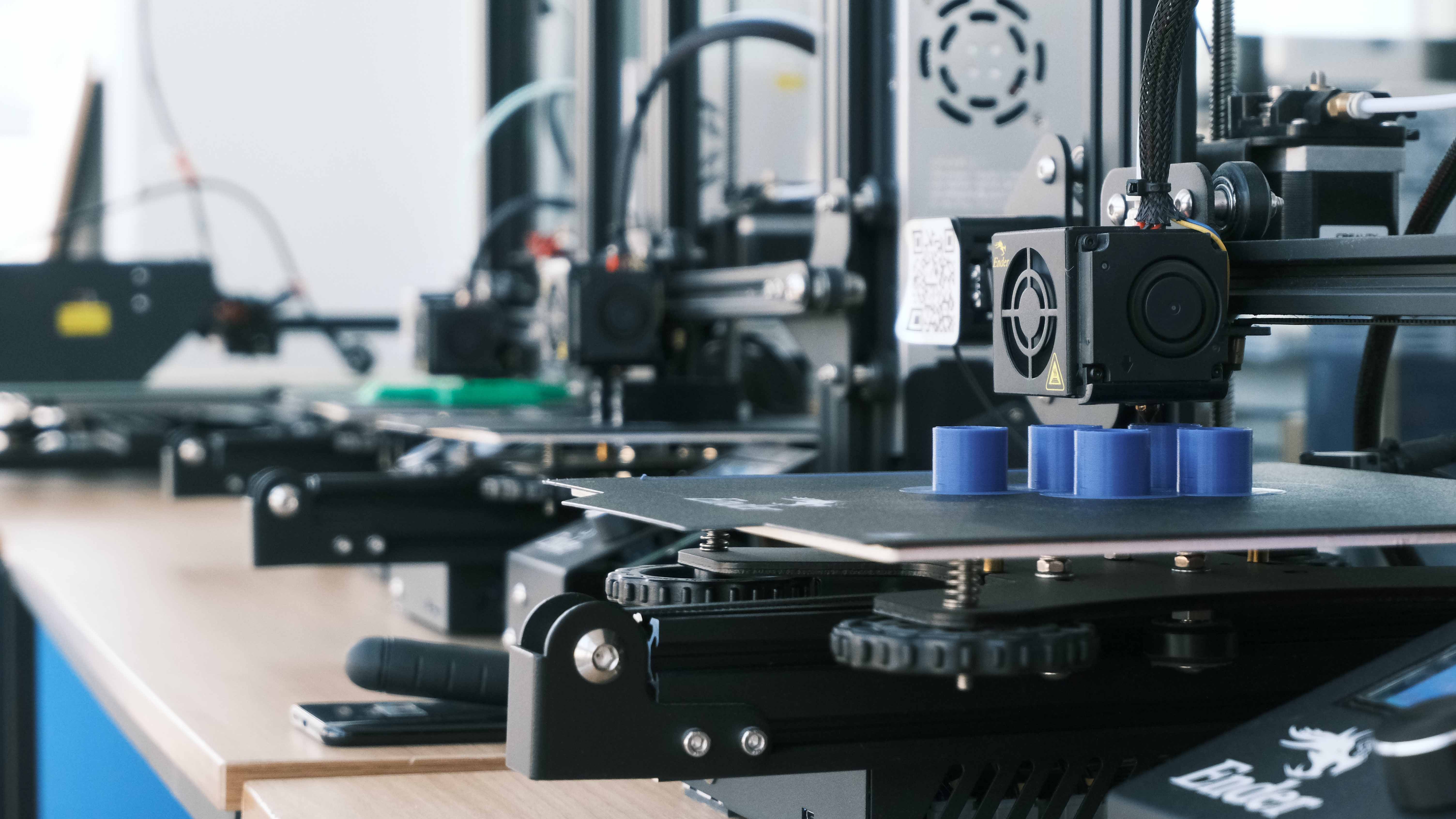
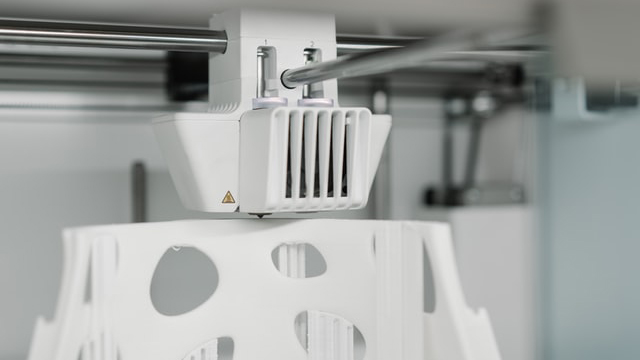
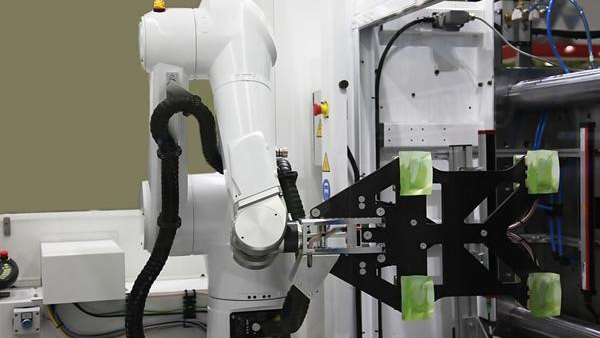
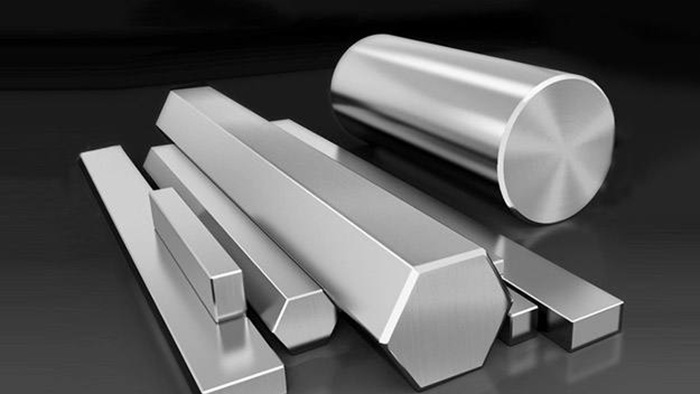
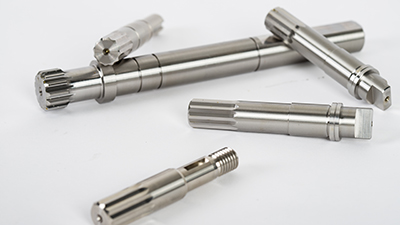


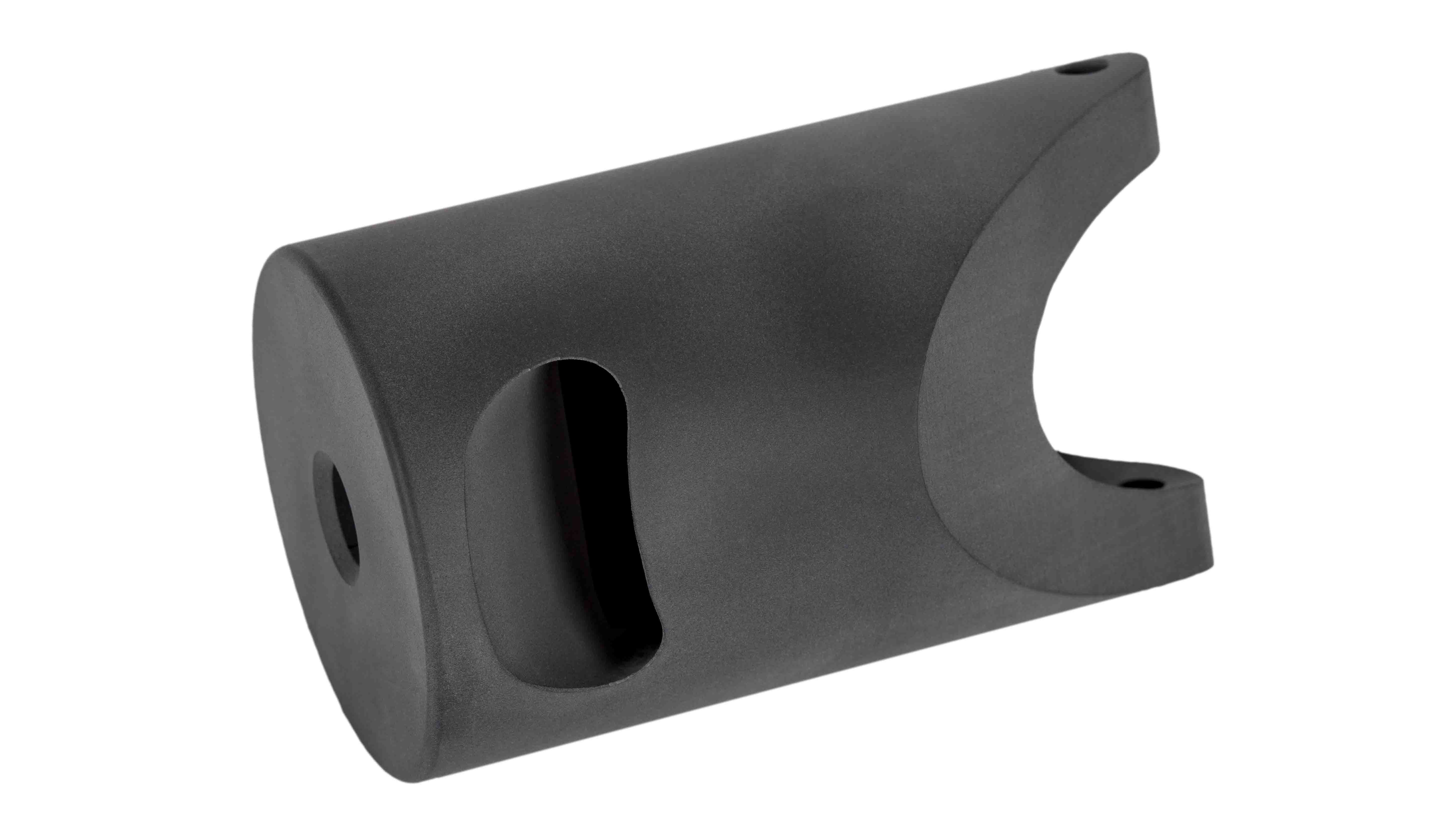
Manufacturing: Professional Terminology
Category 1: Core Concepts & Philosophies
|
Term |
Definition & Context |
|
Manufacturing |
The process of transforming raw materials
into finished goods on a large scale. |
|
Production |
Often used interchangeably with
manufacturing, but can have a broader meaning that includes creation of
non-tangible goods (e.g., software production). |
|
Value-Added |
The process of increasing the economic
value of a material by changing its form or function. The core goal of
manufacturing. |
|
Discrete Manufacturing |
The production of distinct, countable items
(e.g., automobiles, smartphones, screws). |
|
Process Manufacturing |
Production that uses formulas or recipes,
resulting in products that cannot be disassembled (e.g., chemicals,
pharmaceuticals, gasoline). |
|
Assembly |
The process of putting together components
to create a final product. |
|
Fabrication |
Often refers to the process of making
individual components, particularly from metal or wood (e.g., sheet metal
fabrication). |
Category 2: Production Systems & Methodologies
|
Term |
Definition & Context |
|
Mass Production |
The high-volume manufacturing of
standardized goods, often using assembly lines. |
|
Batch Production |
Manufacturing a specific quantity (a
"batch") of a product. Equipment is reconfigured between batches. |
|
Job Shop Manufacturing |
A facility that handles custom, low-volume
production runs. Characterized by high flexibility and general-purpose
equipment. |
|
Lean Manufacturing |
A systematic method for waste minimization
(Muda) without
sacrificing productivity. |
|
Just-In-Time (JIT) |
An inventory strategy where components
arrive exactly when they are needed in the production process. |
|
Toyota Production System (TPS) |
The pioneering system that inspired Lean
Manufacturing, focusing on eliminating waste and continuous improvement. |
|
Automation |
The use of control systems (e.g., PLCs,
robots) to operate equipment with minimal human intervention. |
|
Computer-Integrated Manufacturing (CIM) |
The use of computers to control the entire
production process. |
|
Industry 4.0 |
The current trend of automation and data
exchange in manufacturing, including Cyber-Physical Systems (CPS), the Internet
of Things (IoT), and the Smart Factory. |
|
Additive Manufacturing (AM) |
The formal term for 3D printing; building
parts layer-by-layer from a digital model. |
|
Subtractive Manufacturing |
Processes that create a part by removing
material from a solid block (e.g., CNC Machining). |
|
Formative Manufacturing |
Processes that shape material by deforming
it (e.g., Casting, Forging). |
Category 3: Design & Engineering
|
Term |
Definition & Context |
|
Computer-Aided Design (CAD) |
Software used to create 2D and 3D models of
a product. |
|
Computer-Aided Manufacturing (CAM) |
Software that uses CAD models to generate
toolpaths for CNC machines. |
|
Computer-Aided Engineering (CAE) |
The use of software for simulation,
validation, and optimization of products and manufacturing tools (e.g., FEA,
CFD). |
|
Geometric Dimensioning & Tolerancing
(GD&T) |
A symbolic language used on engineering
drawings to define the allowable variation in form, orientation, and location
of part features. |
|
Bill of Materials (BOM) |
A comprehensive list of raw materials,
components, and instructions required to manufacture a product. |
|
Design for Manufacturability (DFM) |
The practice of designing products to make
them easier and cheaper to manufacture. |
|
Design for Assembly (DFA) |
The practice of designing products with a
minimal number of parts to make assembly easier and faster. |
|
Rapid Prototyping |
Technologies used to quickly produce a
physical part or model for concept validation and testing. |
Category 4: Processes & Operations
|
Term |
Definition & Context |
|
Casting |
Pouring liquid material into a mold where
it solidifies (e.g., Die Casting, Investment Casting). |
|
Molding |
Shaping material using a rigid frame or
pattern (e.g., Injection Molding, Blow Molding). |
|
Forming |
Deforming material without adding or
removing it (e.g., Forging, Stamping, Rolling). |
|
Machining |
A subtractive process using machine tools
(e.g., Milling, Turning, Drilling, Grinding). |
|
Joining |
Processes to connect materials (e.g., Welding, Brazing, Soldering, Adhesive
Bonding). |
|
Finishing |
Processes applied to the surface of a
product (e.g., Painting, Plating, Powder
Coating, Anodizing). |
|
Heat Treatment |
Controlled heating and cooling of metals to
alter their physical properties (e.g., hardness, strength). |
Category 5: Quality & Metrology
|
Term |
Definition & Context |
|
Quality Control (QC) |
The process of ensuring products meet
specified requirements through inspection and testing. |
|
Quality Assurance (QA) |
The process of preventing defects by
focusing on the manufacturing process itself. |
|
Statistical Process Control (SPC) |
Using statistical methods to monitor and
control a process to ensure it operates at its full potential. |
|
Tolerance |
The permissible limit of variation in a
physical dimension. |
|
Metrology |
The science of measurement. |
|
Calibration |
Comparing a measurement device against a
standard to ensure its accuracy. |
|
First Article Inspection (FAI) |
A comprehensive verification of a part
before full production begins to ensure it meets all design specifications. |
|
Non-Conformance / Non-Conformity |
A failure of a characteristic to meet
specified requirements. |
|
Corrective and Preventive Action (CAPA) |
A process to investigate and address the
root cause of non-conformities. |
Category 6: Facility & Operations Management
|
Term |
Definition & Context |
|
Supply Chain |
The entire network from raw material
sourcing to delivery of the final product to the end consumer. |
|
Logistics |
The management of the flow of goods between
the point of origin and the point of consumption. |
|
Inventory |
Raw materials, work-in-progress (WIP), and
finished goods held by a company. |
|
Work-in-Progress (WIP) |
Partially finished goods awaiting
completion. |
|
Throughput |
The rate at which a system produces
finished goods. |
|
Cycle Time |
The total time to complete one operation or
produce one unit. |
|
Lead Time |
The total time from when a customer places
an order to when the final product is delivered. |
|
Overall Equipment Effectiveness (OEE) |
A metric that measures the utilization of a
manufacturing asset by evaluating availability, performance, and quality. |
|
Preventive Maintenance (PM) |
Regularly scheduled maintenance to prevent
equipment failure. |
|
Gemba |
A Japanese term meaning "the real
place." In manufacturing, it refers to the shop floor where value is
added. Going to the Gemba means observing the process firsthand. |
This vocabulary provides a solid foundation
for communicating effectively across engineering, production, and management
functions within the manufacturing industry.